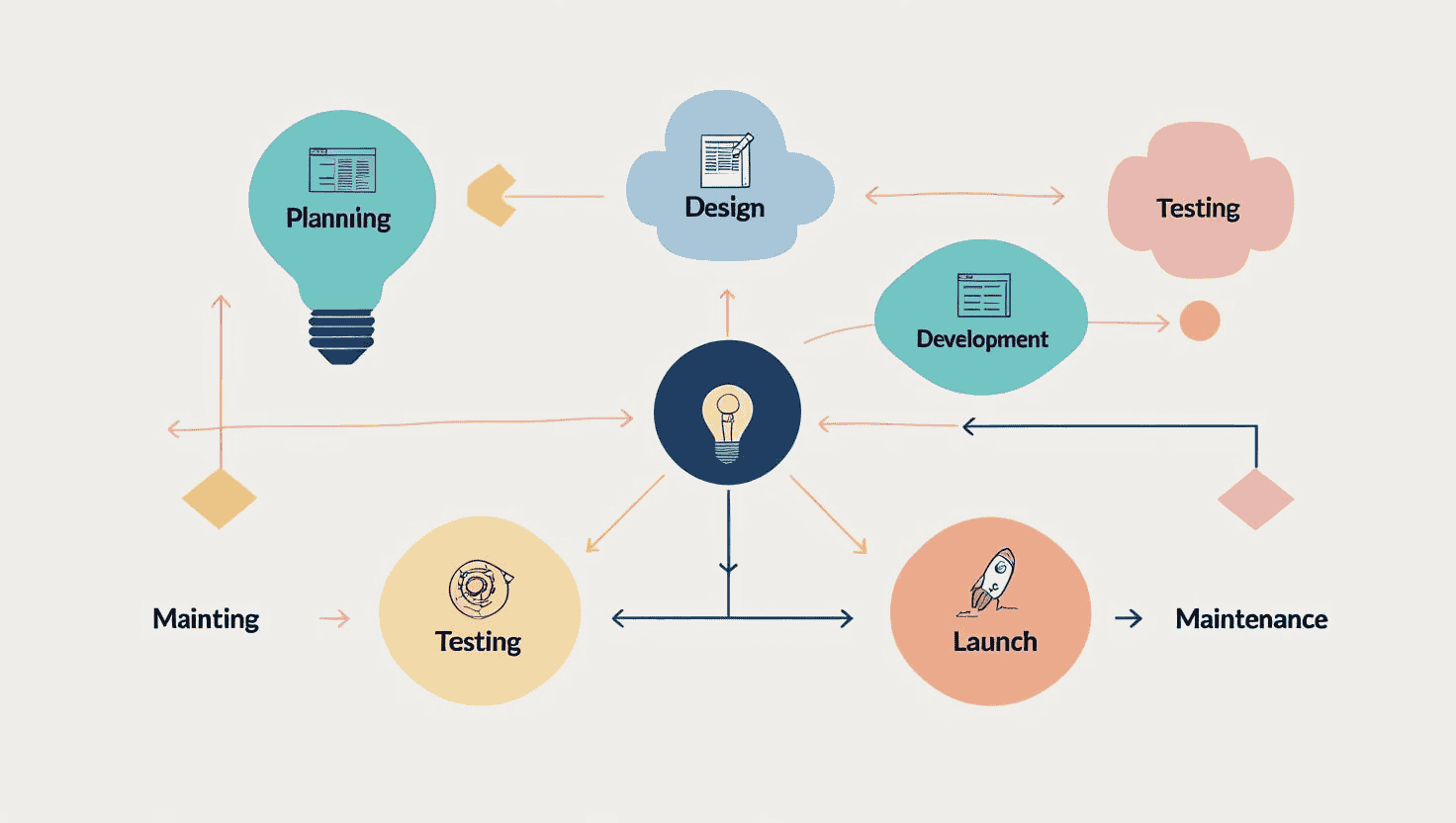


Learn the key stages of the eCommerce web development process, from planning and design to launch and maintenance, explained step by step.
Building an eCommerce website is more than just putting products online. It’s about creating a digital storefront that is secure, user-friendly, and capable of handling everything from browsing to checkout. Behind every successful online store is a structured process that eCommerce website developers follow to ensure the site performs well and meets customer expectations.
Below, we’ll walk through the core stages of the eCommerce web development process in a way that’s easy to understand.
The process begins with understanding the business goals. Developers and project teams gather information such as:
This stage also involves analyzing competitors, defining site architecture, and documenting features. Without this groundwork, development can easily go off-track.
Once requirements are clear, a roadmap is created. This includes:
eCommerce website developers often collaborate with designers and business stakeholders here to ensure the strategy aligns with customer needs and business objectives.
A strong design influences customer trust and sales. At this stage:
Developers work closely with UI/UX designers to ensure the design is both attractive and functional across devices.
This is where the actual coding begins.
eCommerce web development teams ensure the site is scalable and optimized for performance.
An online store needs more than just product listings. During this stage, developers integrate:
These features make the website functional and convenient for both store owners and customers.
Before going live, the website undergoes rigorous testing. This includes:
eCommerce website developers fix bugs and ensure the platform works seamlessly on all devices.
After successful testing, the site is deployed to a live server. Developers monitor the launch closely to ensure everything works as planned. The goal is to provide a smooth shopping experience from day one.
eCommerce development doesn’t stop at launch. Continuous support is needed for:
Regular maintenance ensures the online store remains reliable, secure, and competitive.
The journey from idea to a fully functional online store involves multiple stages, each playing a crucial role. From planning and design to development, testing, and ongoing support, every step ensures that customers have a smooth and secure shopping experience.
Professional eCommerce website developers bring technical expertise and structured processes that transform a business vision into a thriving online store.
